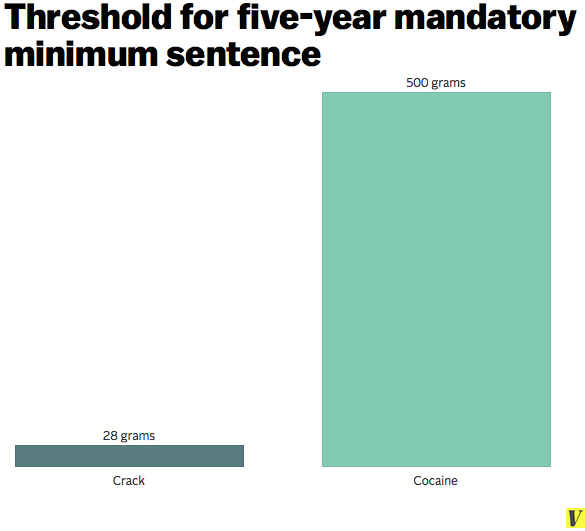

Congress intended for the legislation to immediately halt the unfair sentencing practices in crack cocaine cases. Rojas and ruled the FSA applied to those offenses that occurred prior to enactment but sentenced afterwards. On July 6, 2011, the Eleventh Circuit reversed Rojas’ sentence in U.S. The government opposed Rojas’ request, and the sentencing judge agreed with the government and imposed a 10 year sentence under pre-FSA law. At her sentencing hearing, held after enactment of the FSA, her attorney asked for a sentence under the new law, which would have allowed the judge to sentence her as a first-time offender to a 5 year mandatory minimum. Rojas decision applied the FSA to pre enactment offenses not yet sentencedĪ case from Miami would eventually give the Eleventh Circuit Court of Appeals an opportunity to resolve this problem. As a result, district court judges throughout the Eleventh Circuit and other circuits imposed inconsistent sentences. Without express language in the FSA directing the courts to apply the new penalties to pre-enactment offenses, many sentencing judges agreed that the Savings Clause prevented them from imposing reduced penalties to crimes committed before August 3, 2010. The reason it argued was found in the Savings Clause, 1 U.S.C. The government generally took the position that without a retroactivity provision the FSA was only applicable to offenses occurring after enactment. The statute contained no express provision stating whether Congress intended for FSA to apply to all sentencings after Augor only to those where the criminal offenses occurred after August 3, 2010.

Equally important, the FSA gave the Sentencing Commission emergency authority to amend the sentencing guidelines to be consistent with the new law.Īs soon as the FSA was enacted, questions arose about whether it applied retroactively to defendants not yet sentenced but whose offenses were committed prior to enactment. Similarly, the FSA raises the quantity of crack cocaine triggering a 10 year sentence from 50 grams to 280 grams. For instance, the FSA raises the quantity of crack cocaine triggering a 5 year minimum sentence from 5 grams to 28 grams. Its intent was to restore fairness to federal cocaine sentencing by reducing the crack cocaine-to-powder ratio disparity from 100:1 to 18:1. On August 3, 2010, President Obama signed the long awaited Fair Sentencing Act of 2010 (FSA). This has caused controversy since the implementation of mandatory sentences and guideline sentences for drug offenses involving cocaine. While cocaine and crack cocaine drug cases may appear to deserve to be treated the same, they are not. The penalties for drug distribution and drug trafficking cases are driven by the type of controlled substance and the quantity.


 0 kommentar(er)
0 kommentar(er)
